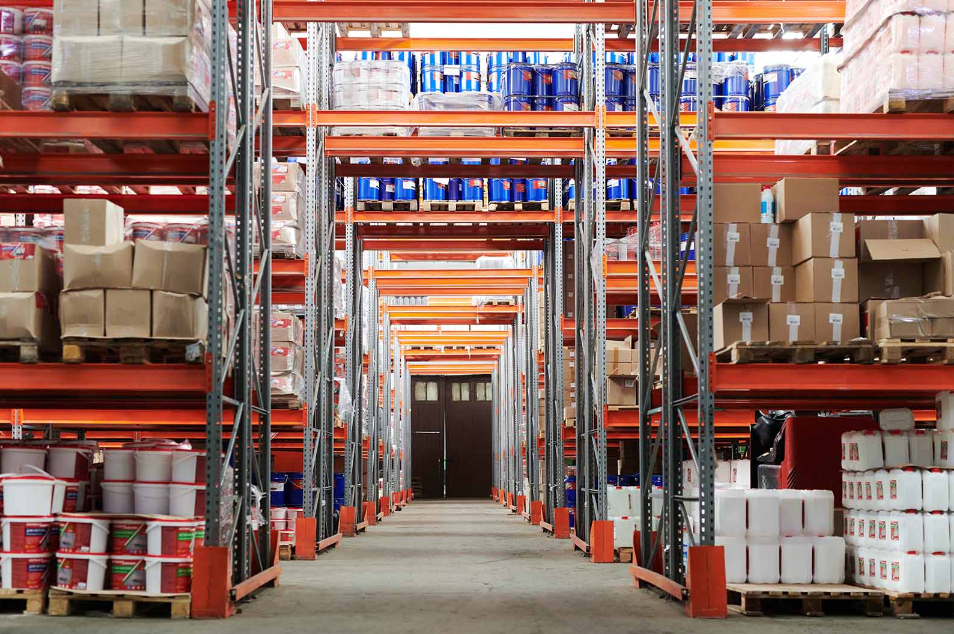Optimizing Operations: A Guide to Essential Warehouse Equipment
Warehouses serve as the backbone of supply chain operations, efficiently storing and managing inventory to meet customer demand. To ensure smooth and streamlined operations, investing in the right warehouse equipment is crucial. In this blog post, we’ll explore the essential equipment needed to maximize efficiency in warehouse operations.
1. Pallet Racking Systems
Pallet racking systems are the foundation of efficient warehouse storage. These systems allow for the vertical storage of palletized goods, maximizing vertical space and enabling easy access to inventory. Common types include selective racking, drive-in racking, and push-back racking, each offering unique benefits depending on storage needs and inventory turnover rates.
2. Forklifts and Material Handling Equipment
Forklifts and other material handling equipment are essential for the movement and transportation of goods within the warehouse. From loading and unloading pallets to transporting inventory within the facility, forklifts play a critical role in warehouse operations. Other material handling equipment such as pallet jacks, reach trucks, and stackers further enhance efficiency and productivity.
3. Conveyor Systems
Conveyor systems are invaluable for automating the movement of goods throughout the warehouse. These systems allow for the seamless transportation of products from receiving to storage to shipping areas, reducing manual handling and minimizing the risk of damage. Conveyor systems come in various configurations, including roller conveyors, belt conveyors, and gravity conveyors.
4. Automated Storage and Retrieval Systems (AS/RS)
AS/RS systems are revolutionizing warehouse operations by automating storage and retrieval processes. These systems use robotic technology to automatically store and retrieve inventory, maximizing storage density and reducing labor costs. AS/RS systems are particularly beneficial for high-volume warehouses with limited floor space.
5. Warehouse Management Systems (WMS)
Warehouse management systems are software applications designed to optimize warehouse operations and inventory management. These systems provide real-time visibility into inventory levels, order processing, and shipment tracking, enabling better decision-making and resource allocation. By integrating with other warehouse equipment and systems, WMS enhances overall efficiency and accuracy.
Warehouse Equipment Financial Services
Investing in warehouse equipment financial services can help businesses overcome financial barriers to acquiring essential equipment. Whether through equipment leasing, financing, or rental options, these services provide flexible solutions to support capital expenditure requirements while preserving cash flow and budget constraints.
Conclusion
In conclusion, investing in the right warehouse equipment is essential for optimizing operations and maximizing efficiency in warehouse environments. From pallet racking systems and forklifts to conveyor systems, AS/RS, and WMS, each piece of equipment plays a vital role in streamlining processes and enhancing productivity. By leveraging warehouse equipment financial services, businesses can overcome financial hurdles and acquire the necessary equipment to support their operational needs.





